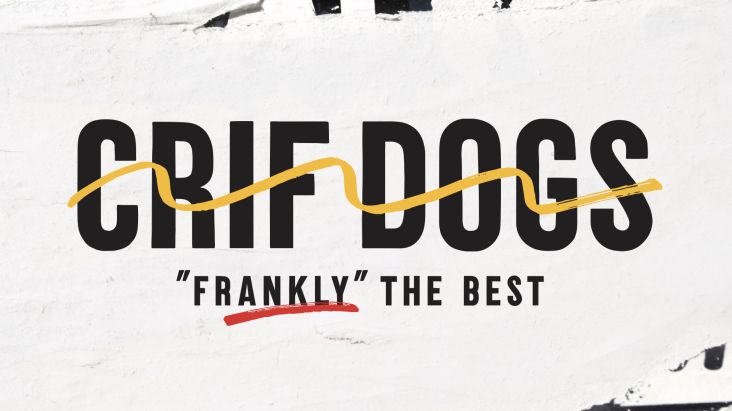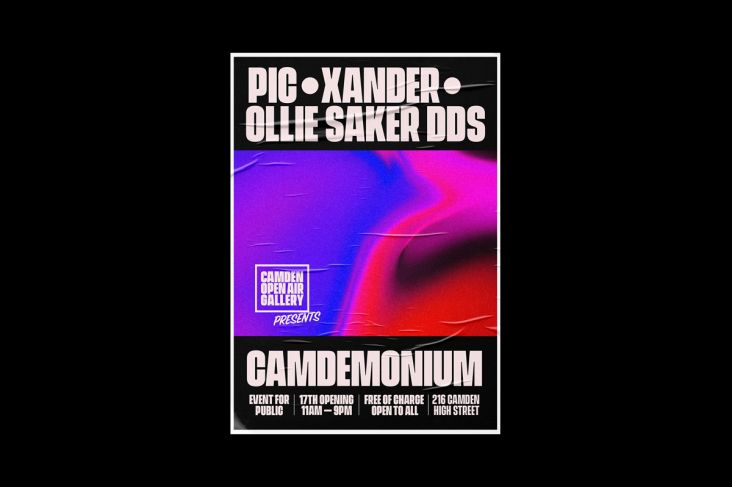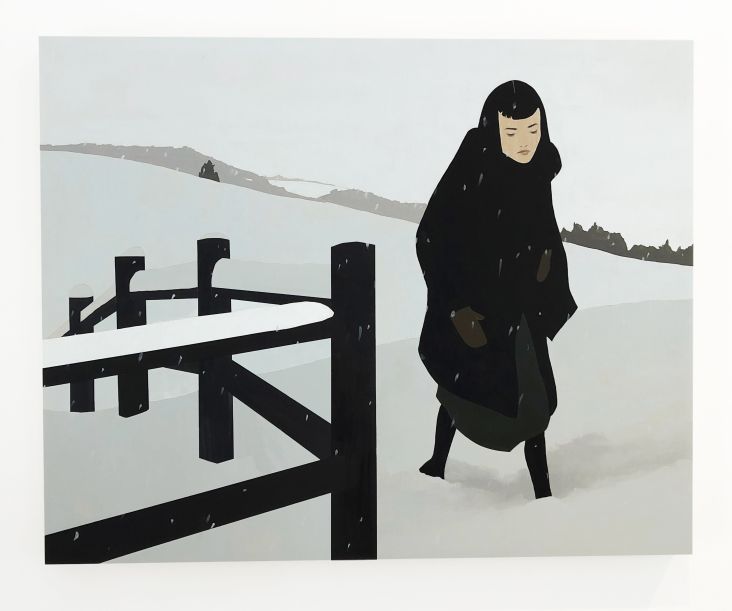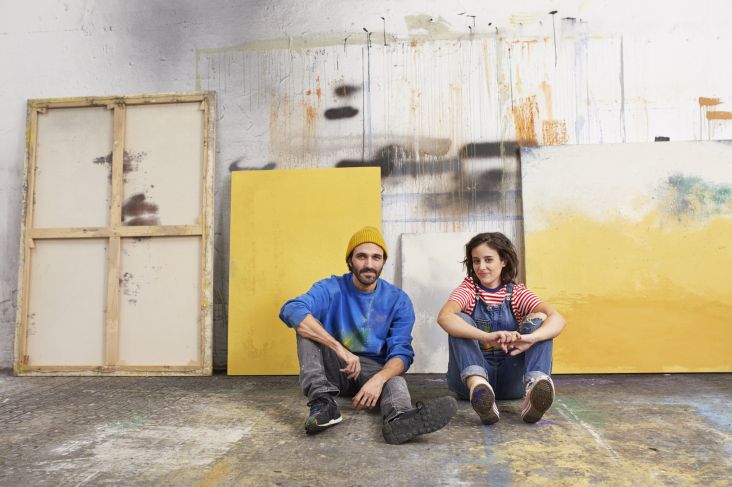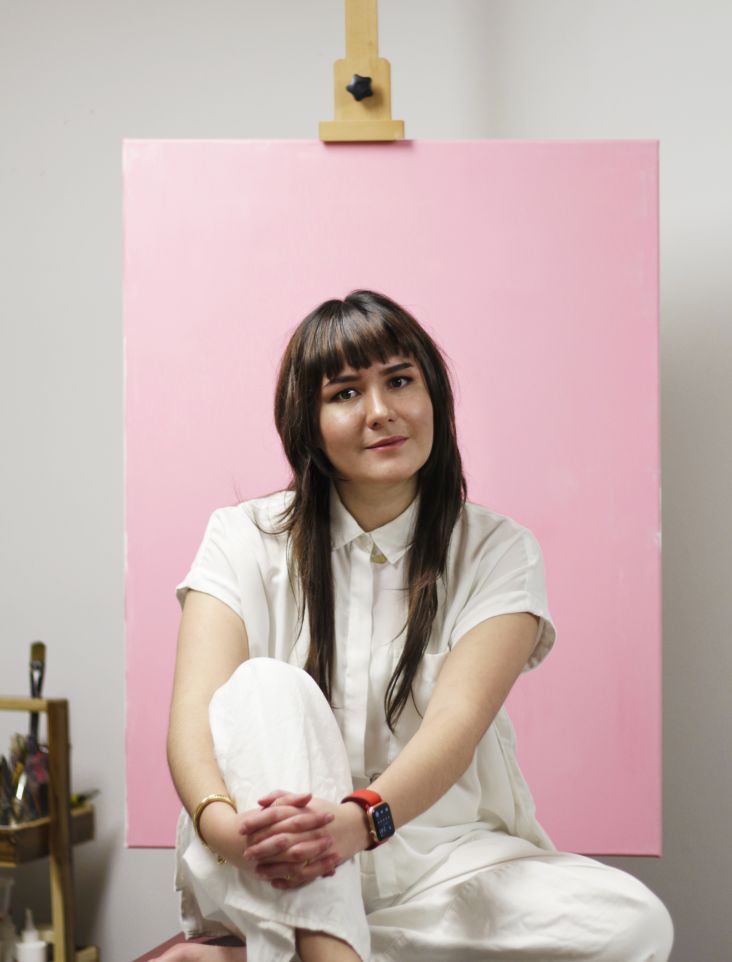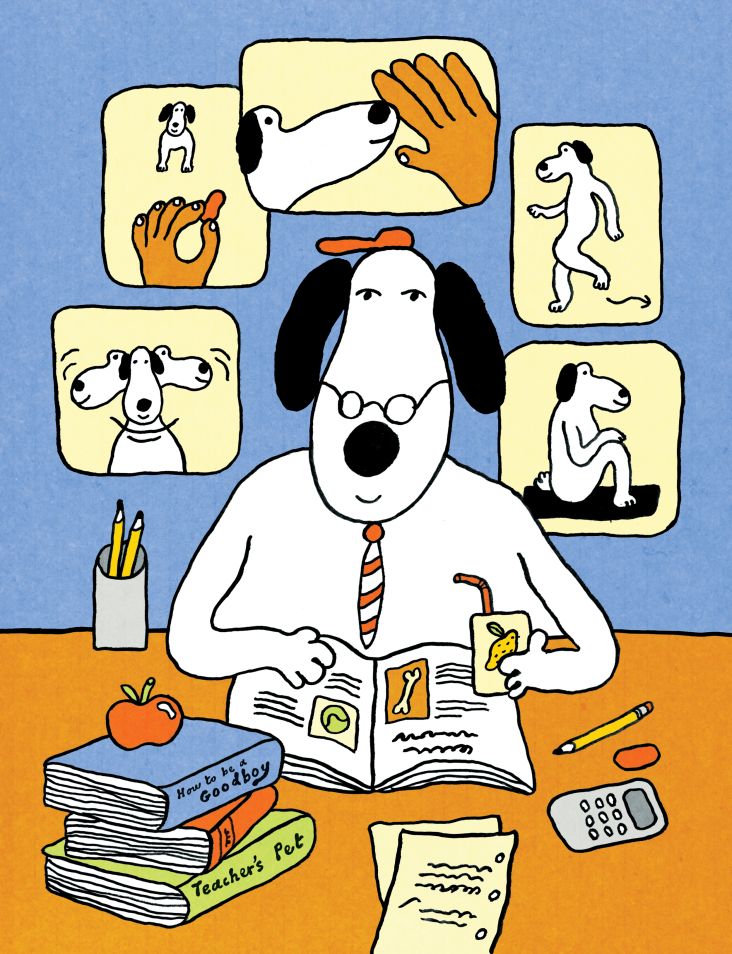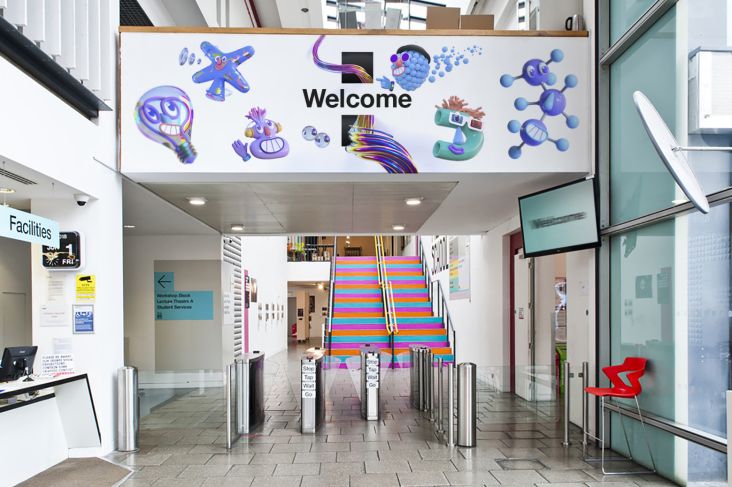'We work a lot, we are responsible, and we rely only on ourselves': Moscow Mule on typography, good timing, and being women in design
From crafting remarkable typographic narratives to poetic visual identities, the spectacular design duo Marina Kondratenko and Anna Kabanina – the co-owners of Moscow Mule – have grown an established reputation over the pandemic, constructing work with simplicity and purity at its core.
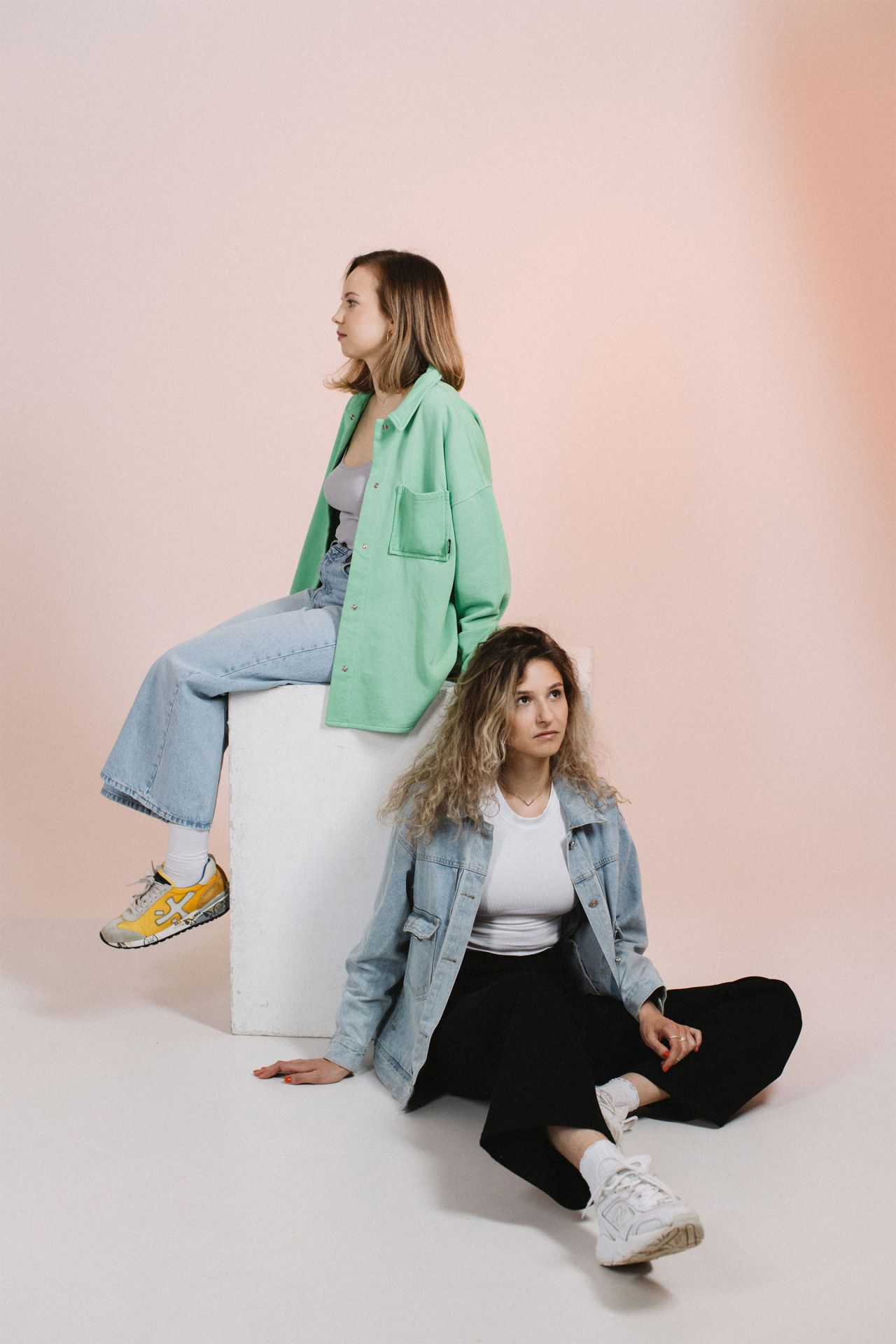
With a clear prowess for distinguishing brands' typographic voices, this formidable duo has sculpted their passionate and practical methodology across identities, packaging and editorial design, delivering masterful, colourful and thoughtful results at every step.
Chatting with Anna and Marina from their Moscow abode, we discuss the pair's meticulous, creative practice, their journey of determining their typographic speciality, and their plans to support women in business.
For those unfamiliar with Moscow Mule, how would you define your studio and what you do?
Both: We are a young female-owned design studio from Moscow. We create unique graphic voices for clients big and small, focusing on everything in between visual identities, branding, packaging, and digital design.
Where did you both meet, and how did Moscow Mule come about?
Marina Kondratenko: We initially met during our Bachelor studies in Moscow. After finishing our studies, our paths went separate ways — Anna went to Barcelona to study Graphic Design and Communication at ELISAVA. I worked for different studios in Moscow and had an internship at Studio Dumbar.
We met again in 2018 and started working together at the studio Redo, where I was the co-founder and creative director, and Anna was a graphic designer. During this period, we developed our own approach to design and formed a vision that defines our work today.
At the end of 2020, we both felt a need to change; frustrated with the state of things, we realised we reached our limits at Redo, but we wanted to keep working together. It was when we decided to start a studio together.
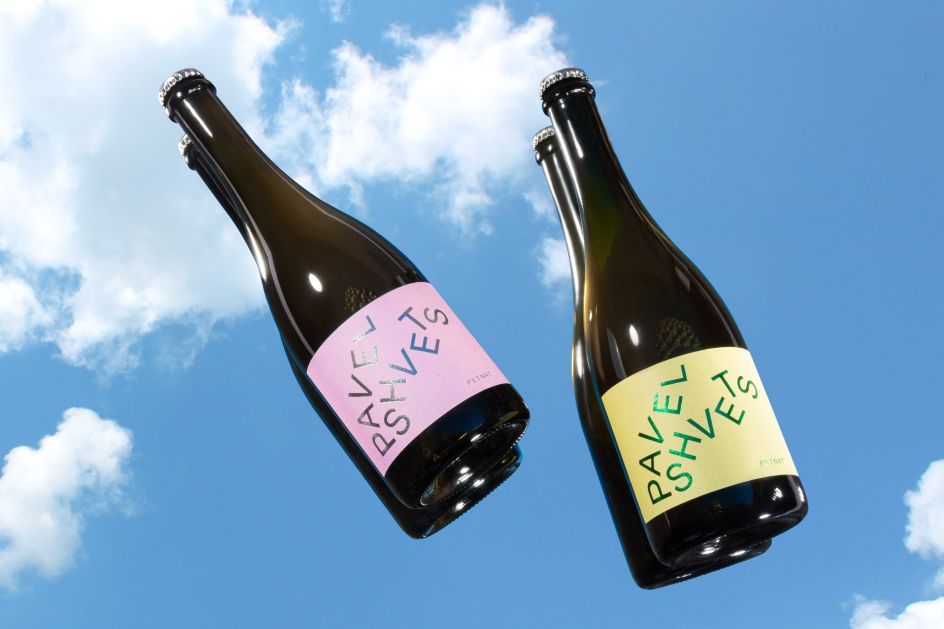
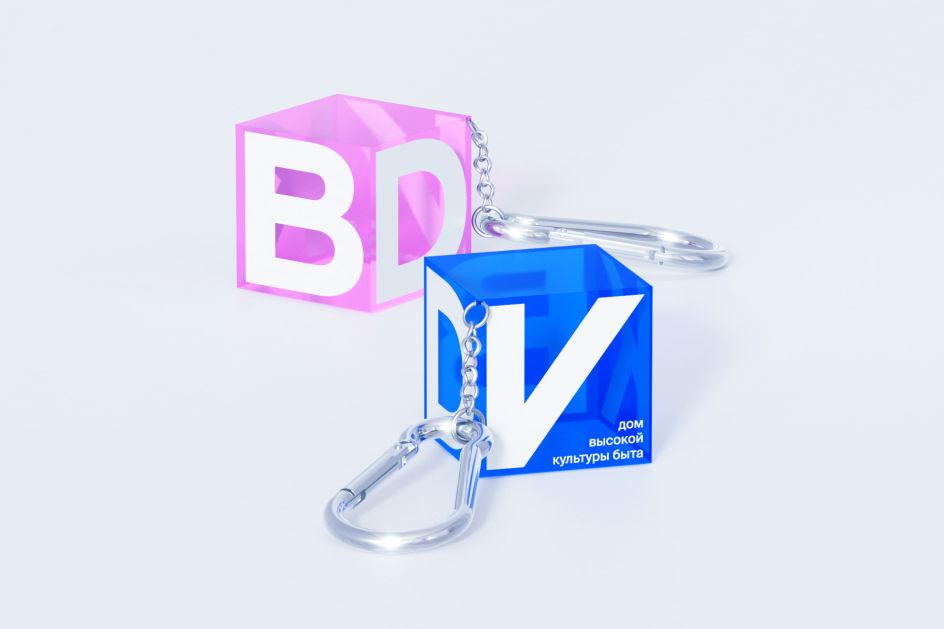
Moscow Mule is such a great name; how did you decide on it?
Anna Kabanina: It was quite a journey: we were looking for a new name for a couple of months since we started working together. Our main criteria were that it should reflect our personalities, playful approach to design, and be easy to understand and pronounce for people from different countries. We each composed a list of different options choosing our favourites, which would change every two days. Moscow Mule was one of the names on Marina's list. At first, we had our doubts about it, but we became more and more fond of it as time passed. And, one day, we realised that we found our perfect name.
Marina Kondratenko: We focus on working globally because we think that working only for the Russian market limits us in a way (that's why we decided not to have a Russian version of our website). But we like that our name is geo-referenced. A fun fact to know: the cocktail is more popular abroad than in Moscow.
You have an incredible talent for wild combinations of colour and typography; where do you most often find your inspiration?
Anna Kabanina: Thank you, Harry! Choosing colour combinations and setting typography are essential tools for us to create a comprehensive and distinctive design. We find our inspiration in all sorts of things: from art and design to nature, science, and the everyday world around us. What matters in this process is understanding the context in which our work will exist and how we can manipulate this context to create the right feeling through typography, colour, and imagery.
Marina Kondratenko: Our visual approach is about simplicity and purity. Using colour is a very expressive technique; it instantly sets the mood and creates deep associations personally. Writing connects us to our mentality and language. That's why we love working with typography; we particularly enjoy designing and organising textual content. We think a project could tell its story through typography, so we like helping our clients finding their typographic voice. We equally love working with modern display fonts and classic ones, although intuitively, we often settle for the second option.
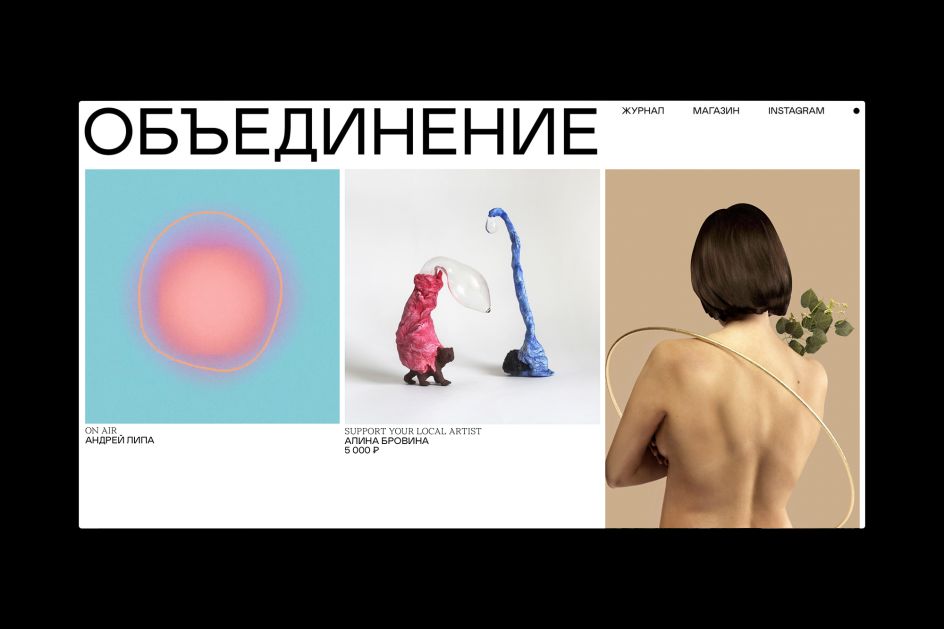
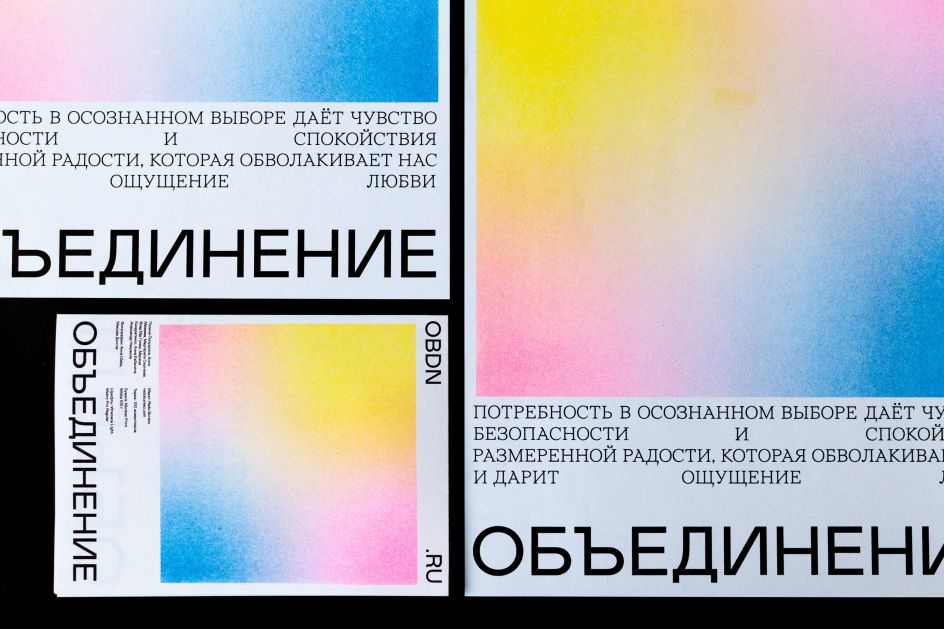
Do you have a typical process when tackling a project, or does the method behind each brief differ project-to-project?
Both: We do have some frameworks that we typically use to tackle a project, but since every project has its own nuances, we often modify and adapt our processes to a specific request or a specific situation that we have to take into account.
You've worked across homeware, sports nutrition, wine and festivals – what industries do you find most rewarding to work within, and what other areas have you not worked in yet but would love to?
Marina Kondratenko: We would like to work on bigger-scale projects and have an opportunity to work with international companies rather than working within a particular industry.
Unfortunately, Russia is still quite isolated from the rest of the world. International companies rarely come here, probably because they are afraid of differences in mentality and work organisation. Anna and I have experienced studying and working abroad, and we feel there are many similarities in how work is approached in Russia and Europe.
Also, many Russian companies prefer to commission designers, for instance, from Europe or the United States; it seems to them the quality of work will be better there. This pattern is definitely outdated, and we would really like to see it change.
Anna Kabanina: We'd like to work within different kinds of industries. In fact, the industry itself doesn't matter; the impact and value a project generates are much more important. We prefer to work with people or organisations who are ambitious and passionate about what they do, whose work is meaningful, and who want to stand out in the crowd.
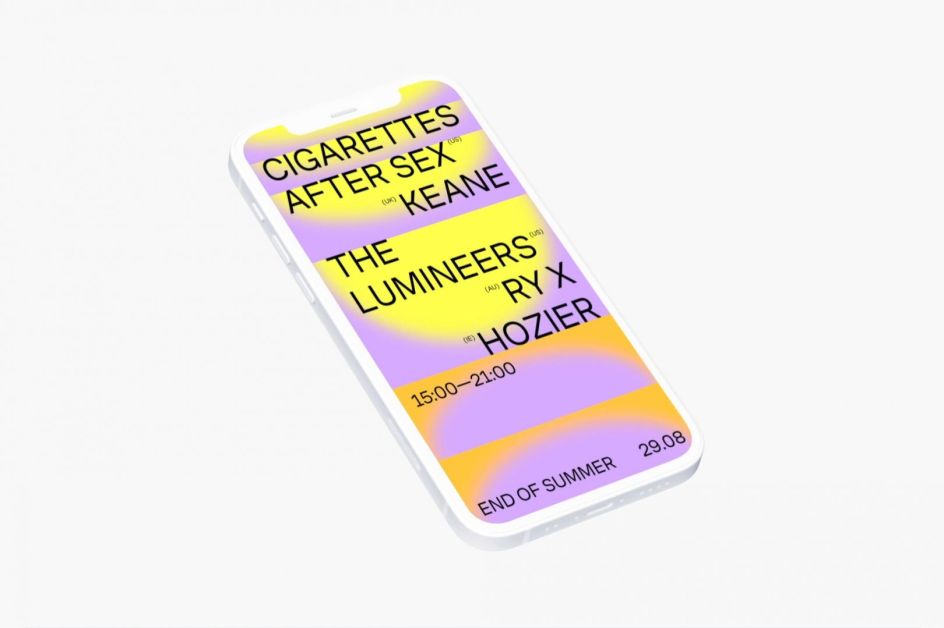
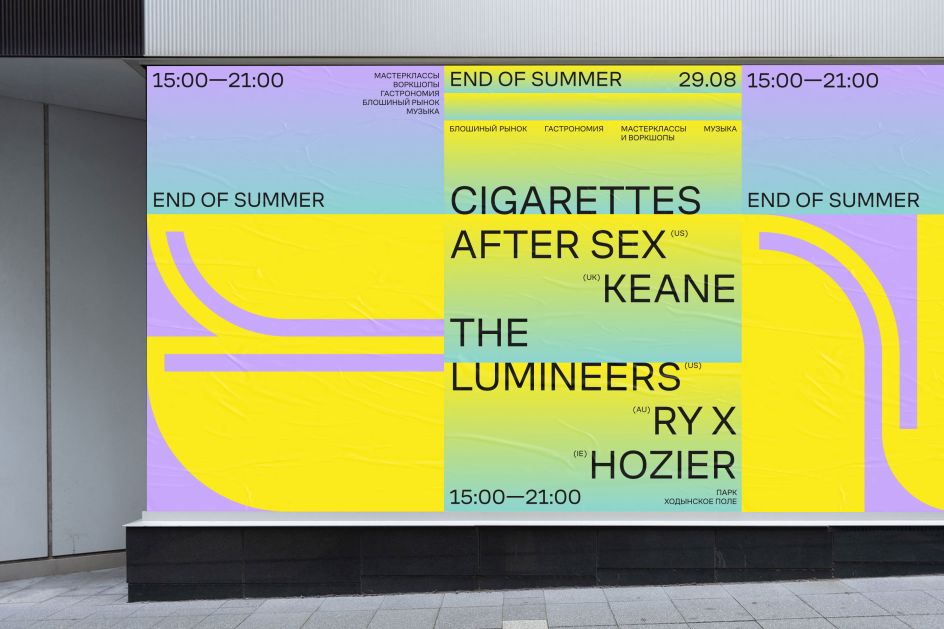
In a collaboration with DVKB, you wrote your own recipe for prosperity, which included patience, persistence and practice. Is this mindset central to the way Moscow Mule operates and the work it creates?
Both: It certainly is; we are really persuasive and consistent when it comes to design. We don't give up easily. We believe in learning by doing.
What do you put your success down to?
Both: To put it simply, we love what we do. We express ourselves through design. We work a lot, we are responsible, and we rely only on ourselves. And we find special joy in seeing how our work helps others find their unique voice.
We want women to have the strength to believe in themselves, be guided by their feelings and desires, and feel support from both men and women.
Your identity for the End of Summer Festival was so striking, but sadly was unable to go ahead due to the global pandemic. How did the last year affect your practice, and did your studio change at all?
Anna Kabanina: Last year affected us a lot! We started our studio last January, and since then, we've been very busy with projects. To be honest, it was the best decision we made. Staying small gave us more creative freedom because we finally found time to focus on what we really wanted to do. We met so many wonderful people during this time, collaborated with other professionals from the creative field, and we can see how much we've grown since the start. Little by little, we found what works best for us and what doesn't. We are very happy where we are now and are looking forward to what's coming next.
Marina Kondratenko: The way we perceive remote work has changed a lot. We finally came to the realisation that remote work can be very effective. Zoom meetings, for example, helped us save a lot of time.
With remote work, binding to a specific location has also become less important. We really hope this factor pushes people to consider commissioning designers from different places.
What recent changes in the design industry do you think should stay, and what is something that needs to change?
Both: We noticed that the number of small design studios and freelancers increased, which we think is a positive tendency. In our opinion, small teams are more flexible and can deliver unconventional results. We also noticed that now we have more opportunities both locally and globally. For instance, we get commissioned by clients worldwide, and we have more visibility thanks to social media.
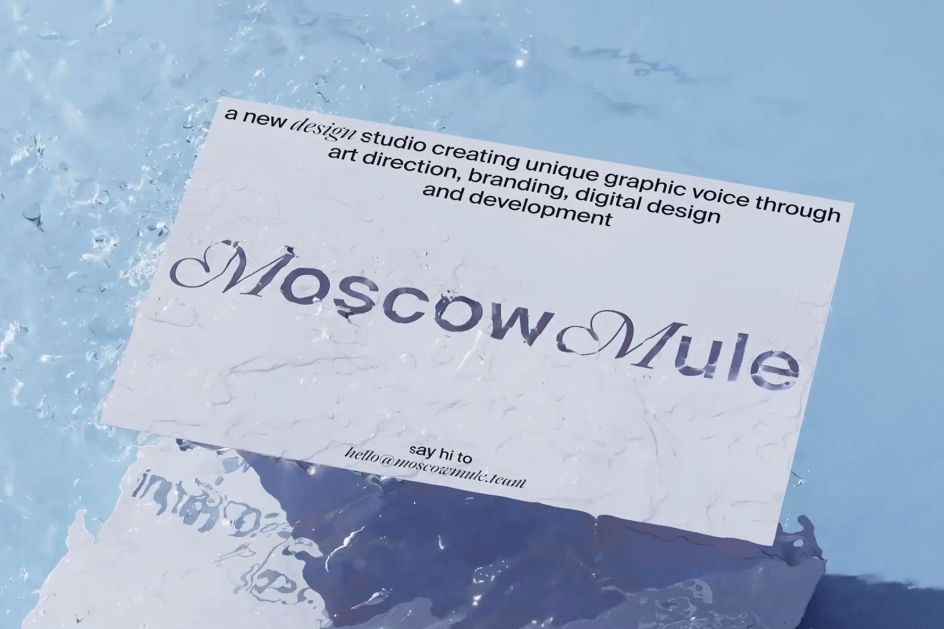
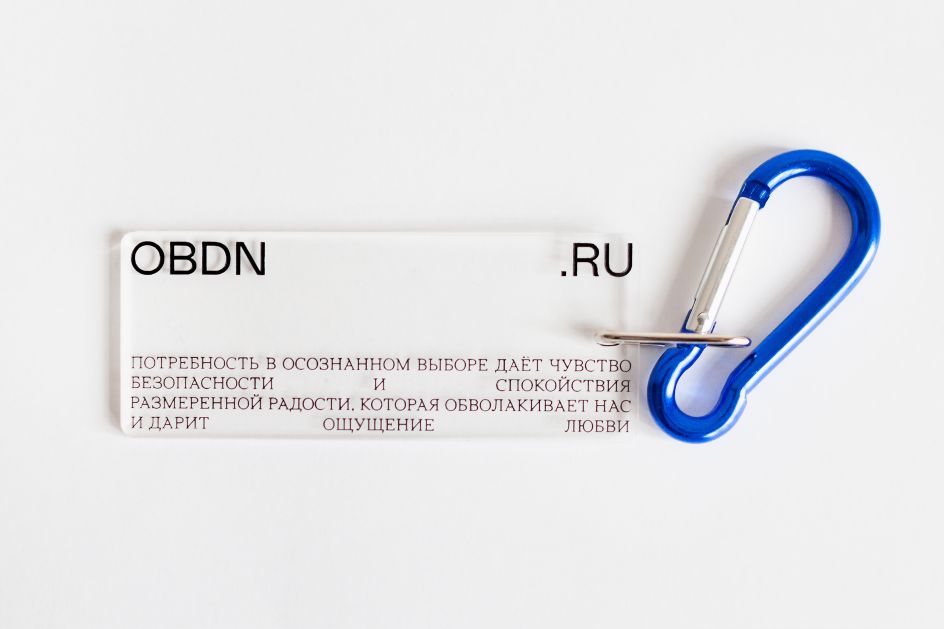
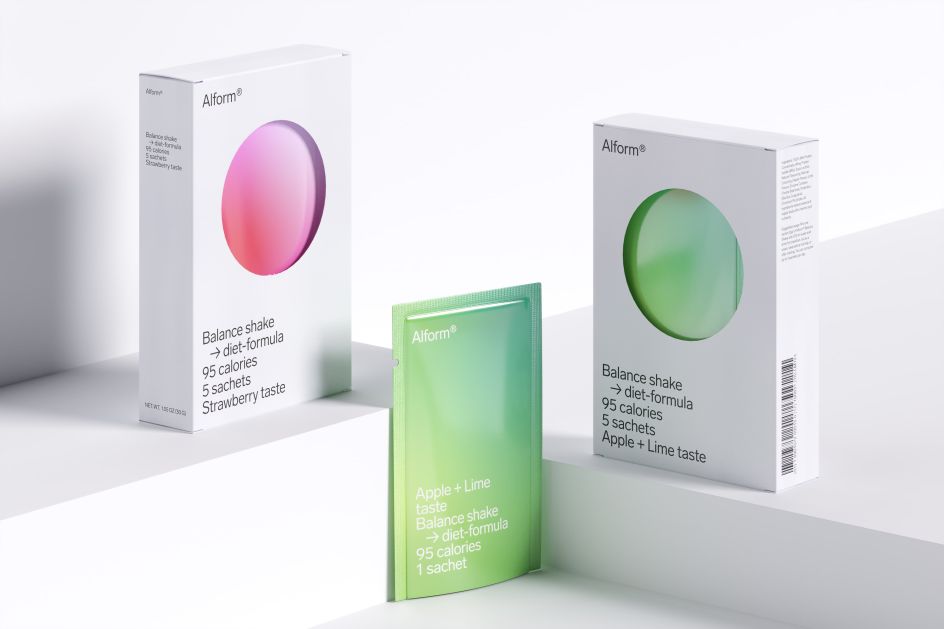
You've spoken before about the difficulties you've faced as women in leading positions within the design scene. How has this influenced your ongoing creative practice, and how do you want to see the industry respond to these misogynistic structures?
Marina Kondratenko: We cannot say that the environment is 100% hostile and doesn't support women in design; of course, some support, and some choose to ignore the problem.
In Russia, for instance, the observance of the gender balance in the composition of jury or speakers at design competitions and conferences has become the norm quite recently. That still causes intense controversy within the industry because many still believe there is no need to 'artificially' create this balance. In the past, the 80 to 20 male-to-female ratio was the norm. And we also continue to have fewer women in leadership positions in the design industry.
We think that being a woman doesn't affect your work. Cultural stereotypes that we are used to hearing since childhood directly or indirectly lead us to the idea that a woman's role and happiness are related to her family and relationships and not to her career.
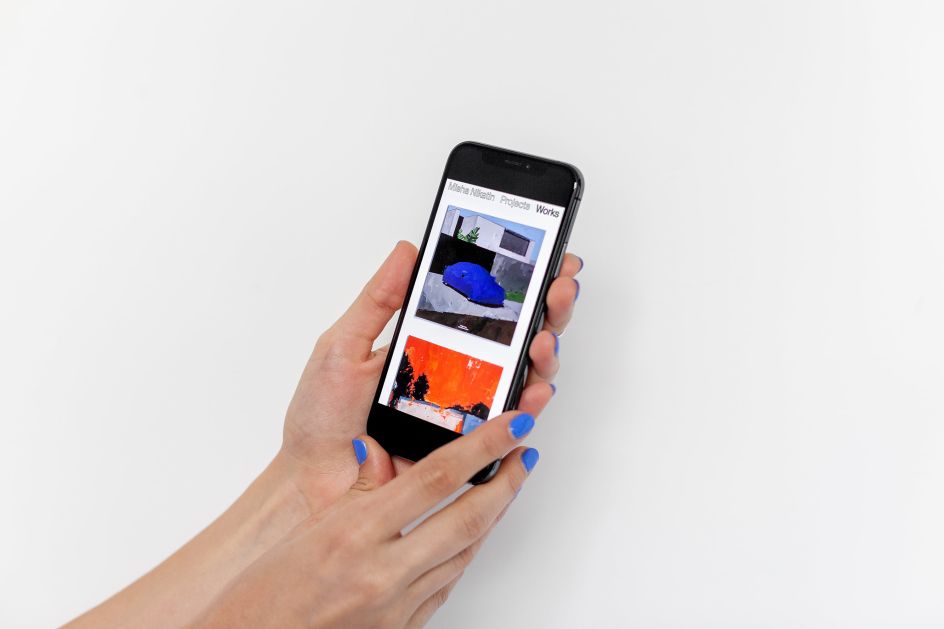
The reality has changed for many women, but we are still hindered by the stereotypes remaining in our heads. Even though this voice often exists just in our heads, it doesn't make it less real. We want women to have the strength to believe in themselves, be guided by their feelings and desires, and feel support from both men and women.
Thankfully, there are projects and initiatives supporting women in design in Russia.
Anna Kabanina: I think it influenced us on many levels. First of all, it is empowering to see that we can be successful on our own terms. We see more and more examples of female creatives who achieved career and personal goals themselves, and it feels good that we can contribute in some way by setting an example for other women who are just starting their careers.
We want the industry to encourage women to speak at conferences more, participate in competitions, and provide some guidance and support for women, so they can thrive and move the industry forward.

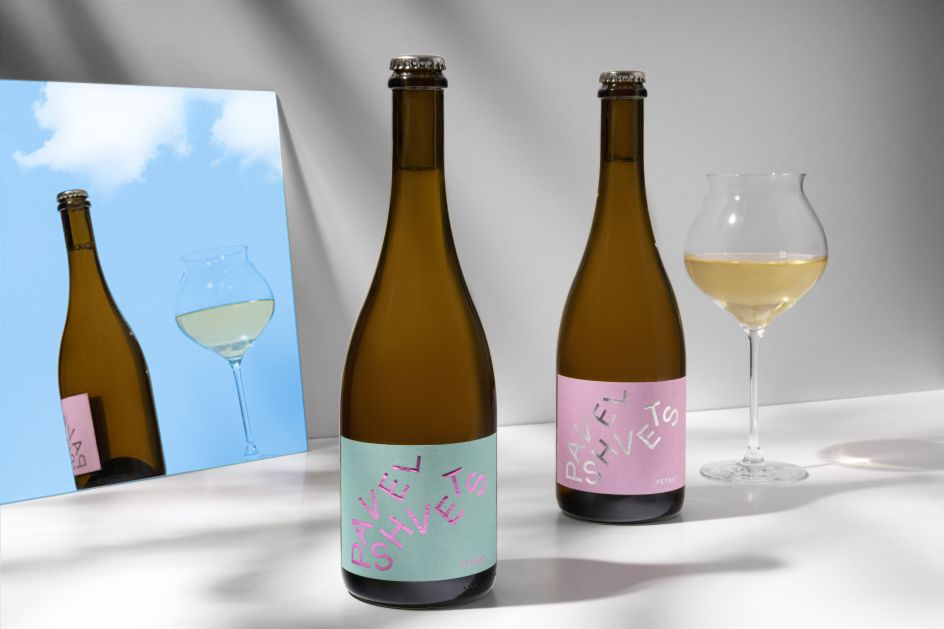
What've you got coming up? Anything exciting on the horizon you can share?
Marina Kondratenko: We have several projects we've been working on this summer, which we want to show, but since they are still at the implementation stage, we hope to publish them by the end of this autumn.
In the future, we would like to start an initiative to offer female-owned startups identity design on special terms; this way, we want to support women in business.
What question do you wish you were asked more often?
Both: Would you like to develop an identity for this fantastic project with a decent budget where you will have complete freedom of action because we believe in you and trust your expertise and skills?
What is one piece of advice you wished you'd been told when you first started in the design industry?
Marina Kondratenko: Take your time; the good thing is coming.
Anna Kabanina: Drink eight glasses of water every day, be patient, and don't give up halfway.
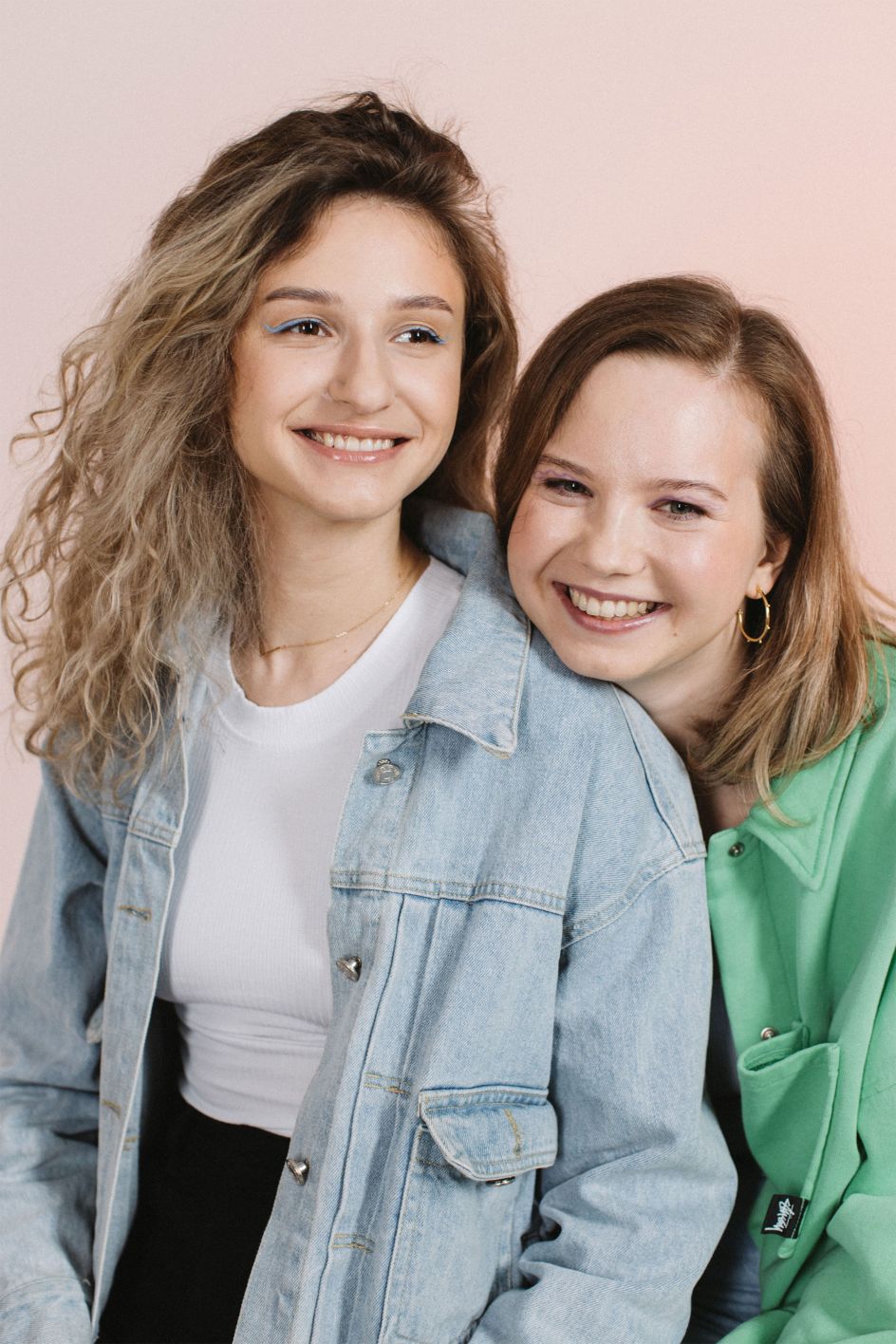




 by Tüpokompanii](https://www.creativeboom.com/upload/articles/58/58684538770fb5b428dc1882f7a732f153500153_732.jpg)


 using <a href="https://www.ohnotype.co/fonts/obviously" target="_blank">Obviously</a> by Oh No Type Co., Art Director, Brand & Creative—Spotify](https://www.creativeboom.com/upload/articles/6e/6ed31eddc26fa563f213fc76d6993dab9231ffe4_732.jpg)








